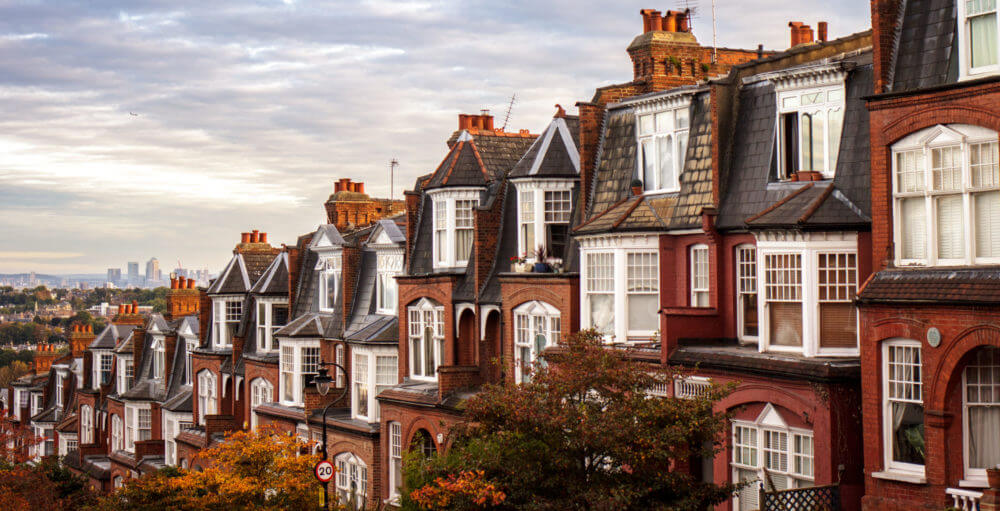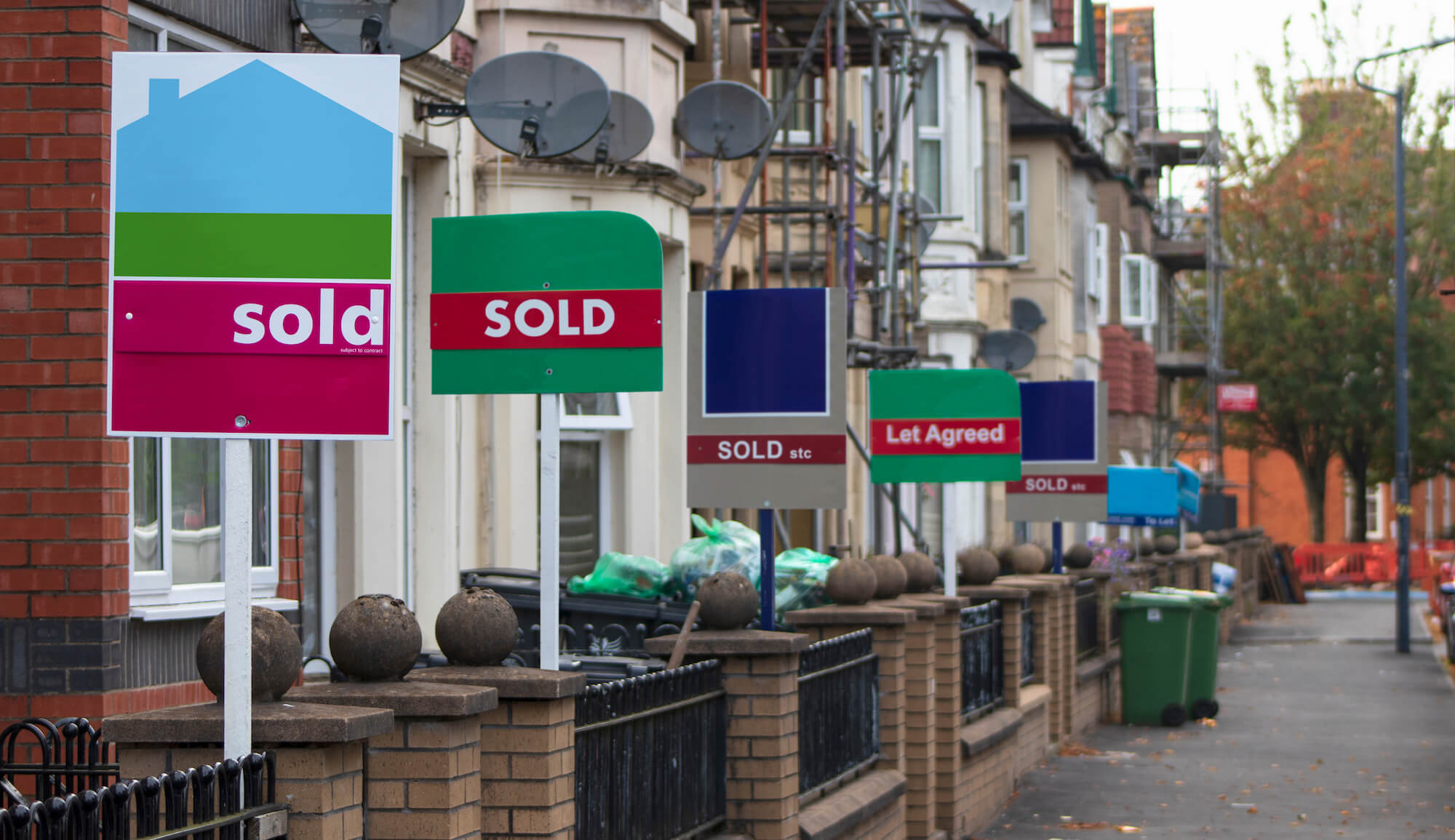Considerations for a HMO conversion: PART 1
Getting around the ‘6 month rule’
Property Sourcers
House Price Winners and Losers over the Past Decade
If you were purchasing a house in the UK in 2010 as an investment property, what’s the top spot you could have chosen?
Well, according to a recent Rightmove Study of property prices over the past decade, you’ll be hoping it was Bristol you bought in.
That’s because property prices there have increased by as much as an astonishing 120% from September 2010 to September 2020.
Most of all though, you’ll have wanted to invest in the city’s Easton area as that proves the most lucrative. Property prices there today are an average £283,397 – around £155,000 more expensive than if you bought in 2010.
But why Bristol? Well according to local estate agents the city is pretty ‘jumping.’ It is deemed to offer a good quality of life with plenty of entertainment and ‘good places to visit’ both there and nearby. According to one local estate agent is has a ‘vibrant foodie and cultural scene.’
But Bristol is also a tech employment hub and near enough to London for residents to pick up on the pulse of London, but retire to leafier climes when the need arises. This can be seen in the fact that house prices city-wide have risen by 60% over the past decade. Not only that, but six of the 10 top places in the Rightmove survey are in Bristol.
Dartford and Essex also get ‘thumbs up’
If you’d missed Bristol though and bought in Swanscombe, near Dartford in Kent instead, then you would also have done very nicely. That’s because property there increased by 106%, with the typical property averaging £326,106. Third highest location, according to the Rightmove Survey of 2 million properties sold, was Tilbury in Essex, and which saw house prices practically double over the decade.
Nairn residents near Inverness are biggest losers
And where there are winners you will almost certainly find losers. In this case it is the quaint seaside town of Nairn, near Inverness in the Highlands which comes bottom of the decade property price league. Property here has fallen by around 15% over the past 10 years. The average house is valued at £200,000. Residents in Linthorpe in Middlesbrough will also be pretty depressed to learn that the value of their abode has fallen by 12% since 2010, bringing the cost of the average home there to £128,352.
In fact, most of the locations which saw falls in property prices are in the North of England and Scotland. They include Shildon, Ferryhill and Peterlee in Durham, Wigton in Cumbria and Kilwinning, Johnstone and Galashiels in Scotland.
London locations to look at
The biggest winners in the capital include Walthamstow, Peckham and Tottenham. House prices in Walthamstow rose by 117% over the decade, while Peckham wasn’t far behind with 117%. In Tottenham they rose 106%.
Regional winners and losers
London and the East of England saw the biggest house price growth over the past decade, with Scotland and the North East witnessing the worst.
Property rose by 5% in September says Nationwide
Another month in the property market and another house price index citing further property rises… but for how much longer?
Nationwide is the latest lender to record impressive figures. UK Property, according to the building society’s survey, rose by 5% in September compared with the previous year. That’s the highest for four years. Only last month the Halifax recorded the cost of the average property at more than £245,000.
Nationwide’s monthly rise was 0.9% from August – and it’s pretty much throughout the UK. Only the London market remained subdued.
The house price rise for the year as a whole is expected to be around 2% – that’s according to a specialist survey published by news agency Reuters this month.
Some property analysts are warning caution though saying this month’s rise was likely to be the highest this year. That’s because the furlough scheme ends next month and, although it will be replaced with the Job Retention Scheme, the latter isn’t as generous. The result is likely to be large-scale unemployment, according to economists.
Still, low interest rates and the Stamp Duty holiday for buyers of properties of up to £500,000 in England will keep house hunters keen. At least until the first few months of next year. The scheme is due to finish at the end of March 2021.
The signs of a slowing market are already there though. Visitor numbers to property portals are reducing. The three biggest UK property for sale sites all saw a fall of 5% in visitor numbers in September compared to August, according to consultants Pantheon Macroeconomics.
Mortgage approvals highest for more than a decade
It was good news for mortgage approvals last month too. More mortgages were granted to UK buyers than in 13 years. A total of 84,700 went through in August. That compares to 66,300 in July. However, despite the big monthly jump, there are still fewer mortgage approvals this year than in 2019 at this rate (418,000 compared to 524,000 last year).
But is it only the wealthy who are buying? Figures revealed by the BoE seems to imply this. Consumer credit, for instance, didn’t rise very much – by £0.3bn when the prediction was for a rise of £1.5bn.
And certainly, first time buyers are taking the brunt of lenders’ reluctance to offer high loan to value deals (ie 80% and 85% mortgages).
Property market not as badly hit as predicted?
The upshot is that with home ownership having narrowed to those wealthier sectors of the population, the property market may not be as badly affected as many people fear come the end of the furlough scheme. That’s because they are less likely to be impacted by job losses.
Of those home owners who have already lost their jobs and moved on to University Credit, half of them have continued to pay their mortgages. The other 50% opted for the government’s Mortgage Holiday Scheme, which is due to end at the end of October, along with the current furlough scheme.








